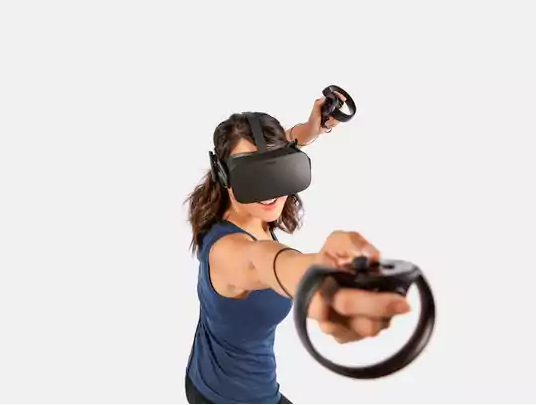VR, AR will be very real in 2017
By Jim Bask
From Bob O’Donell
In 2017, I expect to see some major improvements in the world of AR and VR headsets, as well as the range and quality of content created for those devices. From reductions in price, improvements in setup and use, enhancements in display resolution and more, the next 12 months are bound to make what is already a compelling technology even better.
We’ll also see a lot more new players enter the market over the next year. At the upcoming CES trade show in Las Vegas, VR- and AR-related products and content are expected to be some of the most closely tracked developments.
Microsoft and Intel have already started to discuss their plans for simpler, less expensive VR headsets attached to PCs running the Windows 10 Holographic Platform that’s due next spring. There even are rumblings that Apple could be entering the market with some kind of iPhone add-on by the end of 2017.
Plus, while most developments around AR and VR are consumer-focused, we’re starting to see the beginning of business-focused applications that will get significantly more attention next year. From architectural drawings to 3-D modeling of parts to more realistic types of videoconferencing, we’re bound to see a number of commercial applications for VR in the new year.
Put it all together and it’s clear that a great deal of the tech industry’s attention is being focused on AR and VR technologies. Of course, that much interest can lead to companies going out of their way to try and one-up each other — even to the point of vastly overselling what’s currently possible.
Though the jury is out, this seems to be the case with Magic Leap, a widely hyped company with an AR technology that seems to be more smoke and special-effects mirrors than a working product. Whatever technology Magic Leap does have will likely be unveiled in 2017 as well.


